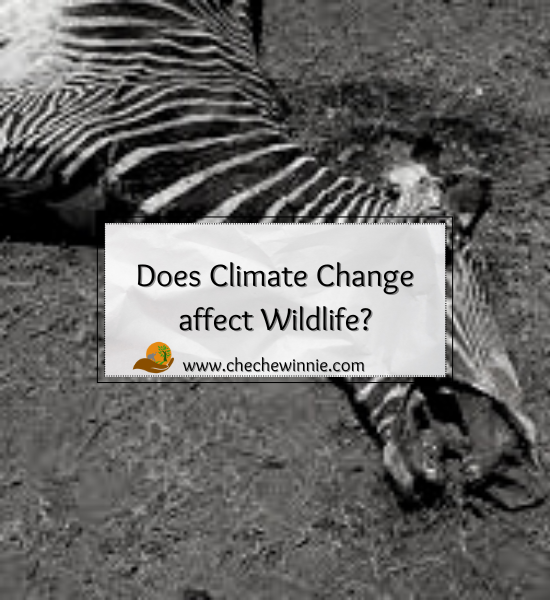Introduction
The effects of climate change are becoming more apparent by the day, and the world is taking notice. From polar bears to fish, there is a growing list of animals being affected by this issue. If you are looking for examples of how global warming has hurt wildlife so far, look no further than these top ten endangered species:
- Javan rhinos
- Amur leopard
- Sunda island tiger
- Mountain gorillas
- Tapanuli orangutan
- Yangtze finless porpoise
- Black rhinos
- African forest elephant
- Sumatran orangutan
- Hawksbill turtles
Wildlife around the world is being affected by climate change.
Climate change is already affecting wildlife around the world. The effects are becoming very clear, with a range of species being affected.
Polar bears, fish, and penguins are among those who have been hit hard by rising temperatures in the Arctic region where they live—and this could be just one example of how climate change will affect many other species if we continue down our current path. Sea ice has been melting at an alarming rate; this means that polar bears are not able to hunt seals for food or find shelter from harsh weather conditions anymore. As a result, their numbers have declined dramatically over time as well as their ability to survive in colder climates such as those found on land or sea ice where there’s less food available for them than usual due to its loss through melting ice caps (the white stuff covering oceans).
In addition:
The oceans surrounding Antarctica have become much warmer since the 1950s thanks partly due to human activity like deforestation, which releases carbon dioxide into the atmosphere causing higher temperatures globally when compared before versus now – meaning temperature rise may reach up 0C degrees Celsius within the next few decades if nothing changes
Global warming has affected a range of animals, from polar bears to fish to penguins.
As you can see, global warming has affected a range of animals, from polar bears to fish to penguins. The Earth’s temperatures have risen by about 1 degree Celsius since 1850 and are now at their highest point in around 1 million years. This has caused the sea level to rise by about 7 centimeters (3 inches) – an average year might see up to 20 centimeters (8 inches) of water added on top of this amount.
It should also be noted that global warming affects not only aquatic lifeforms but also terrestrial species too; we will look at some examples later on in this article but first let’s take another look at what happens when we humans pollute our environment without thinking about how it affects other living things around us!
The effects of climate change on wildlife are becoming very clear.
As you can see, the effects of climate change on wildlife are becoming very clear. Global warming is affecting animals in a variety of ways, and it is not just polar bears that are feeling the heat.
Animals already have a hard time adapting to changes in their environment, so this warming trend will only make things worse for them. Many species are already facing serious challenges due to habitat loss and other factors associated with global warming. But there is hope: scientists have made some progress in understanding how best to protect these animals from harm through conservation efforts like reforestation or improved fire management policies at national parks and wilderness areas—and we need your help!
The current drought being experienced in Africa has contributed to the death of wildlife in huge numbers. Most of the conservation areas are found in Arid and Semi-Arid areas, where climate change consequences have been worst. Due to human-wildlife conflicts, these areas have been fenced, trapping wildlife within the conservation areas.
Conclusion
It’s time we started taking action to address this problem. With so much at stake, it is clear that we can no longer afford to wait for solutions in other parts of our society. We need to make sure that the most vulnerable people are taken care of first—and that means protecting wildlife from climate change now.

